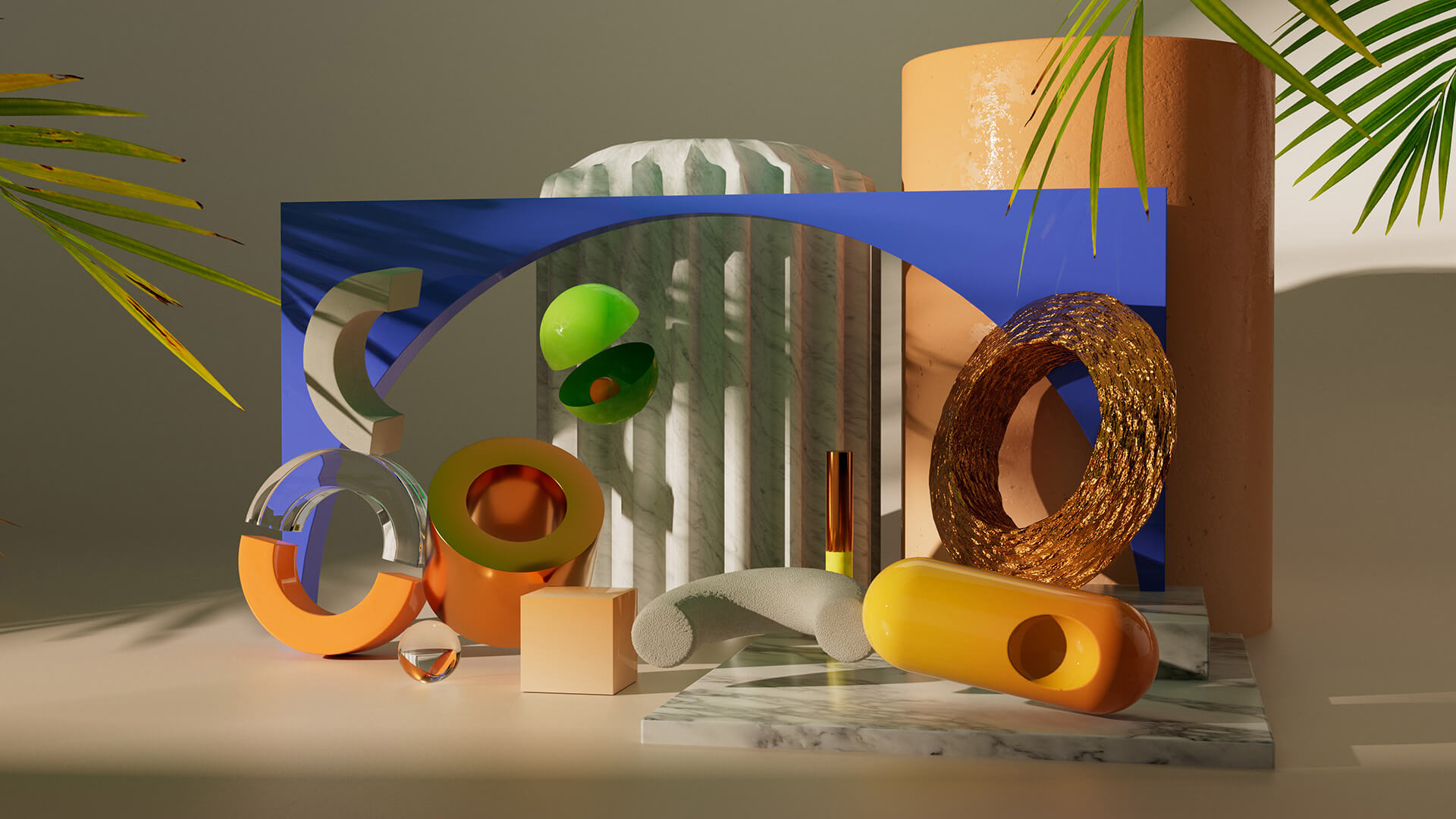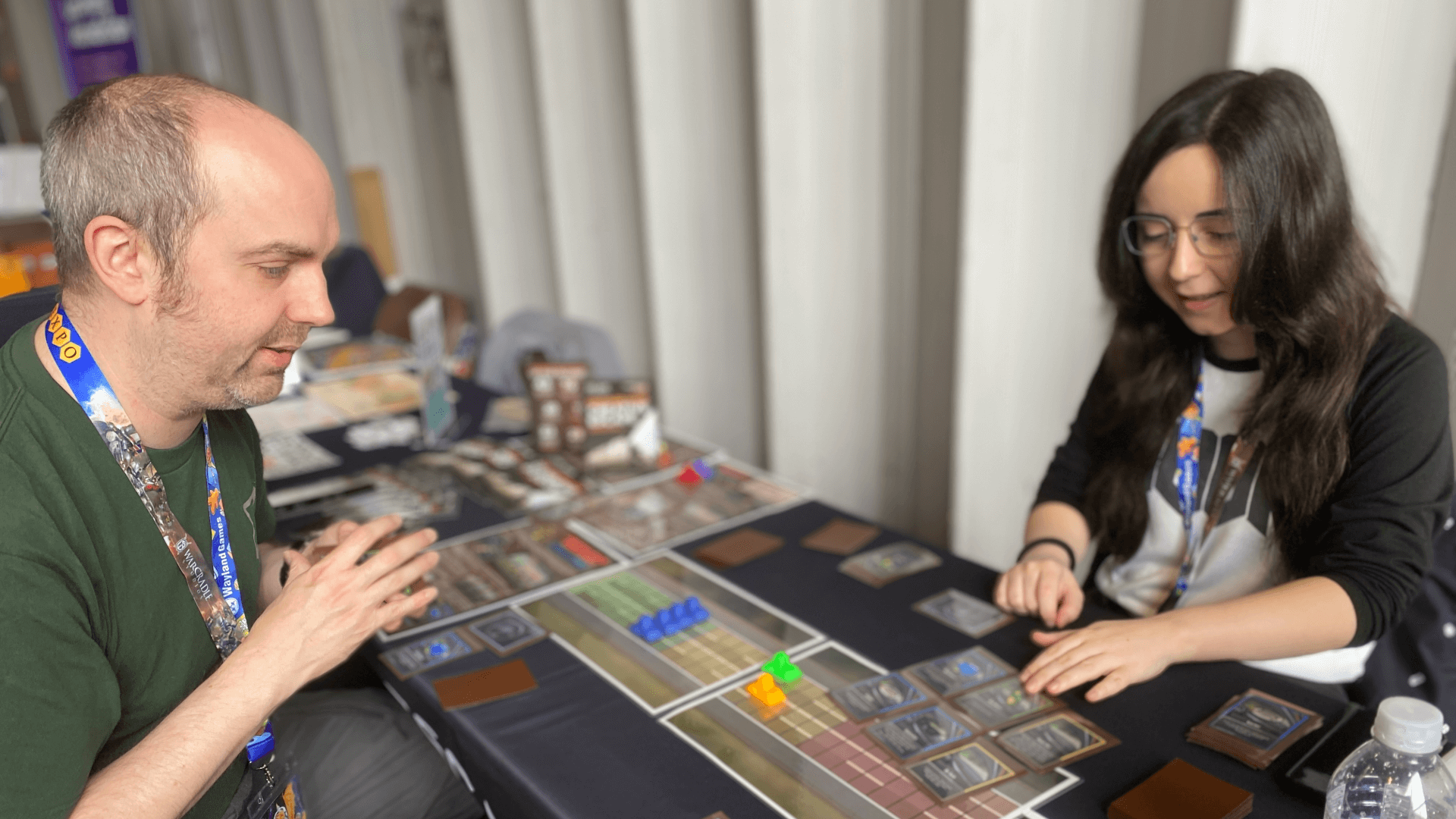news • 24 May 2024
Animation and motion graphics: what's the difference?

When looking into your dream creative pursuits, you may have wondered: exactly what is the difference between animation and motion graphics? We get it – the two are often used interchangeably. But they have distinct differences, and each can delight and inspire in their own way.
To help you get clearer on your aspirations, this guide will break down the essentials of both animation and motion graphics so you can understand the key differences between the two disciplines.
What is motion graphics?
Think of motion graphics like animated graphic design: shapes, objects, or texts that are set in motion. While these design elements are moving, they might not follow a specific narrative. This makes them ideal visuals in contexts such as advertising or marketing, taking the form of infographics, animated logos or icons, title sequences, and explainer videos.
What is animation?
More of a broad term, animation covers a range of techniques that make static objects or images move. This can include hand-drawn 2D cartoons, claymation, anime, CGI (3D animation such as that seen in Pixar or DreamWorks productions), or – you got it – motion graphics animation.
What is the difference between motion graphics and animation?
Put simply, motion graphics is a style of animation. Compared to other types of animation, it has a less concrete storytelling aspect: not so much narrative plots; more abstract objects, text, and other graphic design elements set to motion.
You’re more likely to see statistical data and information brought to life with motion graphics, whereas animation centres on bringing characters to life. In a commercial sense, if a client wanted a presentation about the sales results of a new product, motion graphics animation may be what they need. On the other hand, if a client wanted an emotional story of how their new product changed the lives of their customers, a narrative-driven animation would be perfect.
How to become a Motion Graphics Designer?
Deciding what type of animation you want to specialise in depends on your interests and career goals. If you’re interested in graphic design and looking to work in advertising, film, TV, games, branding, or digital media, motion graphics animation could be the dream path for you.
If you’re curious about learning how to become a Motion Graphics Designer, a motion graphics and animation course can give you the training you need to equip you with the skills and knowledge you need to thrive in this field.
At Escape Studios, our structured curriculum is designed by industry experts and covers everything from typography and critical thinking to ideas and pitching. Over 12 weeks, you’ll be guided through the fundamentals of motion graphics, including industry-standard software such as Adobe After Effects and Cinema 4D, combining design and animation to create a variety of animated pieces in tutor-led sessions.
All of this will prepare you for the reality of working in a motion design studio: working to briefs to help you experience and adapt to real-life scenarios. By the end of our motion graphics and animation course, you'll leave with strong creative and technical skills that’ll allow you to develop or finalise great pieces of work for your showreel.
Ready to put your career in motion?
You’re in good company: our successful alumni (Escapees, as we affectionately call them) have gone on to work at some of the world’s top animation and VFX studios, such as Industrial Light & Magic, and Framestore. See the full module breakdown of our BA (Hons)/MArt The Art of Motion Graphics and MA Motion Graphics courses and apply to open the door to an exciting new career.


